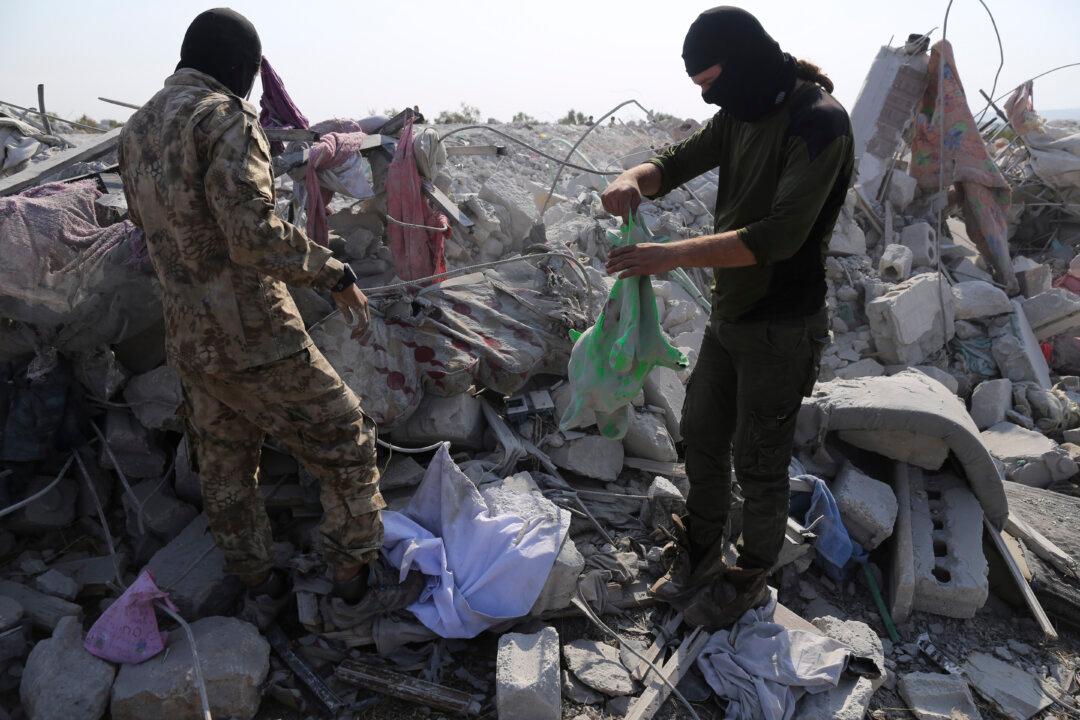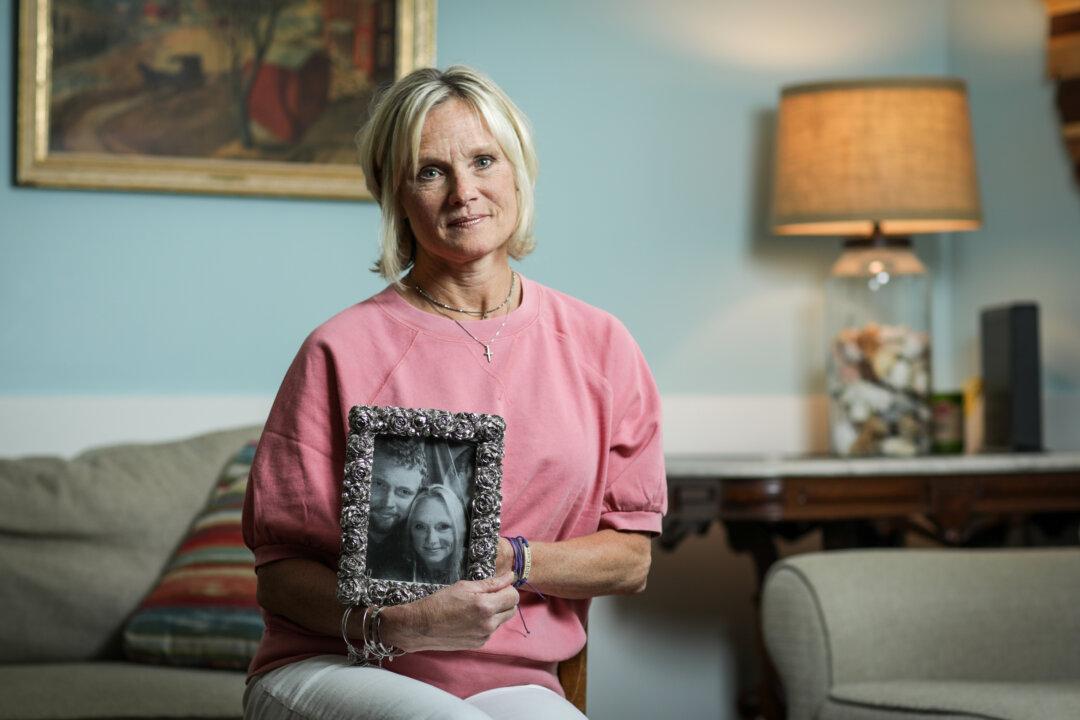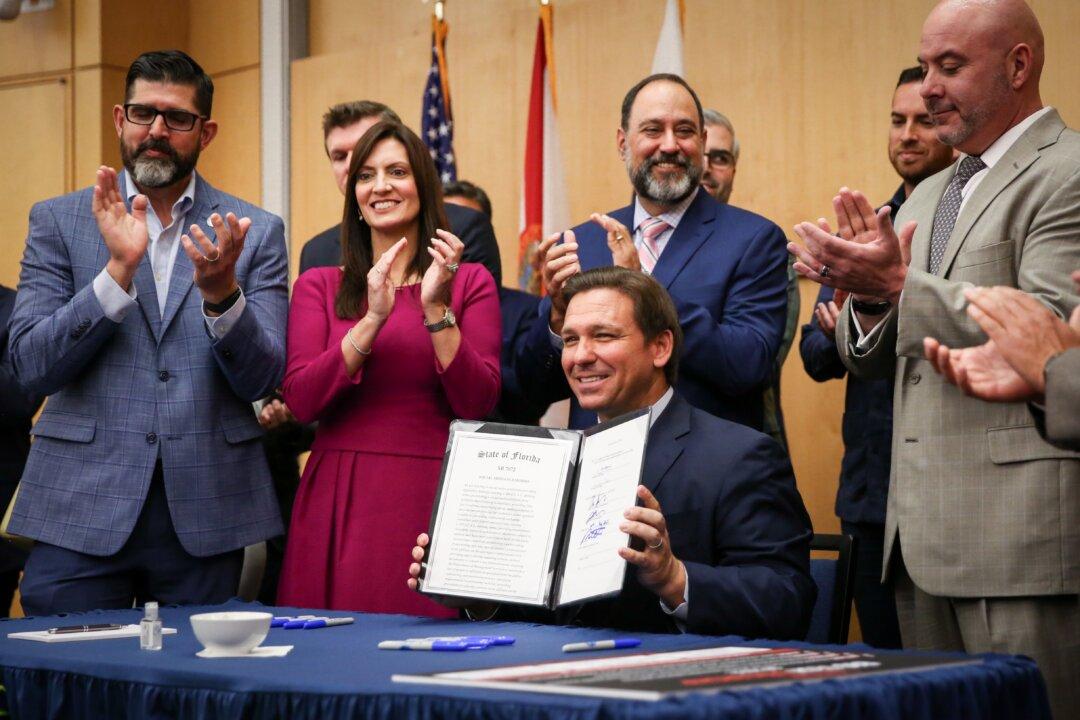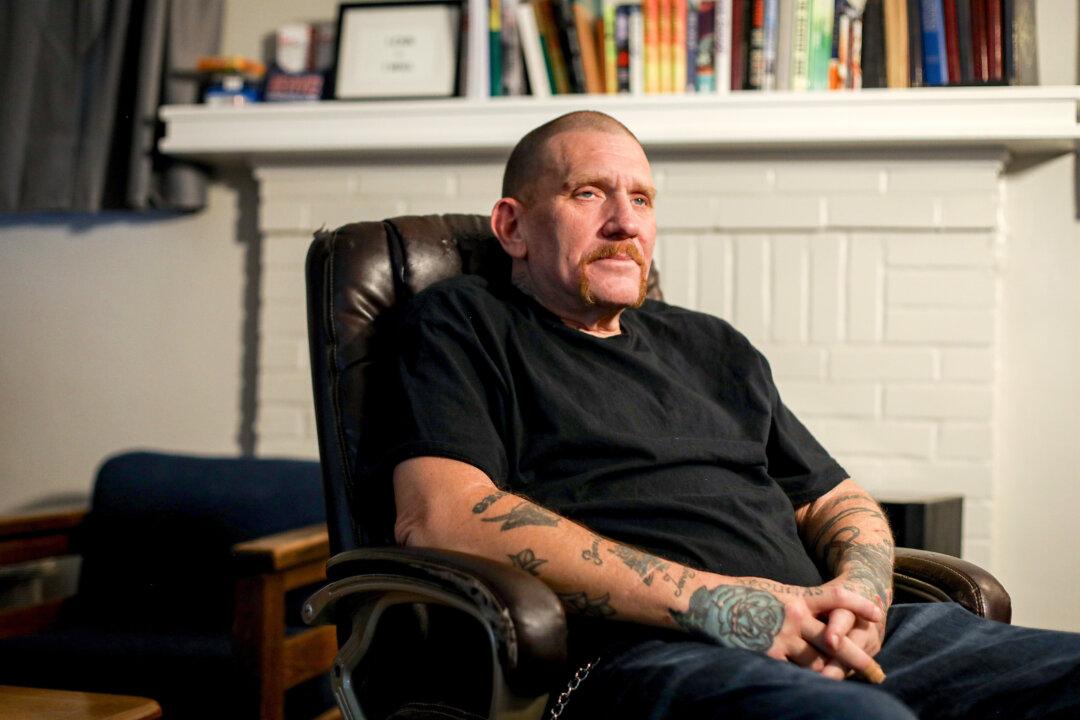The spokesman for the ISIS terrorist group has been killed in a joint operation between Syrian Kurdish forces and U.S. troops in northern Syria, just hours after the group’s leader, Abu Bakr al-Baghdadi, was killed, according to a Kurdish commander.
Mazloum Abdi, the commander of the Kurdish-led Syrian Democratic Forces, described on Oct. 28 how his group cooperated with the U.S. military to target Abu Hassan al-Muhajir. His comments follow a White House speech by President Donald Trump on Oct. 27 in which the president announced the death of Baghdadi during a raid by U.S. forces.





